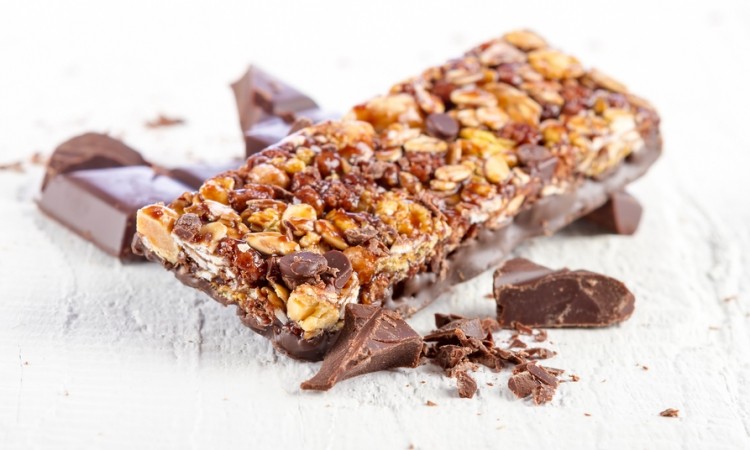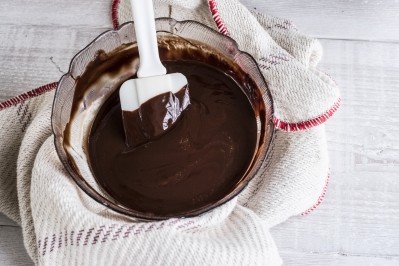Sugar levels in chocolate have soared 23% since 1992: study

The sugar content of chocolate confectionery products has increased 23% since 1992 in the UK, according to a study. Researchers at the Queen Mary University of London looked at the sugar and energy content of chocolate-based products available in the UK between 1992 and 2017. The sugar content from the 1992 confectionery was obtained using a nutritional publication that listed the sugar content of 44 popular chocolate products. The researchers then found that 23 of the products were still on sale.
They found that the sugar content of chocolate bars in 1992 averaged 46.6g per 100g. By 2017 the sugar content had risen to 54.7g. The 2017 survey showed that Mars, Nestle and Mondelez International were the chocolate confectionery manufacturers with the highest sugar content on average.
“The results show that the sugar content of chocolate confectionery has increased since 1992, which is concerning,” the study, published in the journal Nutrients, concluded.
Kawther Hashem, who led the study, said: “It is alarming that sugar levels have risen over time in some well-known chocolate confectionery products. Despite what companies say, clearly reformulation is possible because products were lower in sugar over two decades ago.”
The study suggests sugar levels can be reduced
As part of Public Health England’s sugar reduction programme, companies can choose to achieve the 20% reduction by reformulating their products (without increasing overall calories), reducing portion size or promoting their lower sugar products.
The study said that the results suggest sugar levels can be reduced because lower sugar versions of the same products existed in 1992 and there is a large variation in sugar and energy content between different categories of chocolate and within the same category in 2017. But it suggested manufacturers were reluctant to reformulate because of costs.
“In order to better understand how some manufacturers are able to produce chocolate confectionery products with lower levels of sugar and thus meet the aims of the sugar reduction programme, it is important to understand the function of sugar in chocolate and what sugar replacements are used,” it said. “Sugar is added to chocolate to contribute sweetness, but also because it is a cheaper ingredient than cocoa or other types of fat. It is reported that a change in sugar content by just 1–2% has large cost implications, which is why manufacturers may be reluctant to reformulate.”
The study added the higher sugar levels were also being driven by consumer tastes, with manufacturers reluctant to reformulate their products and reduce sugar and energy content due to fear of loss of sales. For example, the study noted: “It was seen from the 2017 survey that there were a few chocolate confectionery products with extremely low concentrations of sugar, as low as 0.5%. However, these alternatives to well-known products, even after several years on the market, generally only account for a small proportion of sales and they are unlikely to change the market drastically.”
The research noted that changing portion sizes wasn’t necessarily a solution. “The recent increase in products sold in ‘sharing bag’ formats could encourage over-consumption of chocolate confectionery,” it said. It added another area that could have an impact on chocolate confectionery sugar content was front of pack nutrition labelling. “This study showed that a high proportion of products would be labelled as red for sugars. If such a labelling system was enforced, some manufacturers may be incentivised to reformulate in order to avoid putting red labels on their products,” it stated.
It added that even small reductions would have a significant impact on sugar and energy intakes of the population. “However, if the sugar reduction programme aimed to reduce childhood obesity, then perhaps the focus should be on the energy density of chocolate confectionery products and not just sugar content, because often the high-sugar products can be the lowest in energy content.”
Source
Nutrients
'Cross-Sectional Survey of the Amount of Sugar and Energy in Chocolate Confectionery Sold in the UK in 1992 and 2017'
DOI:10.3390/nu11081798
Authors: Kawther M. Hashem, Feng J. He, Sarah A. Alderton and Graham A. MacGregor
















